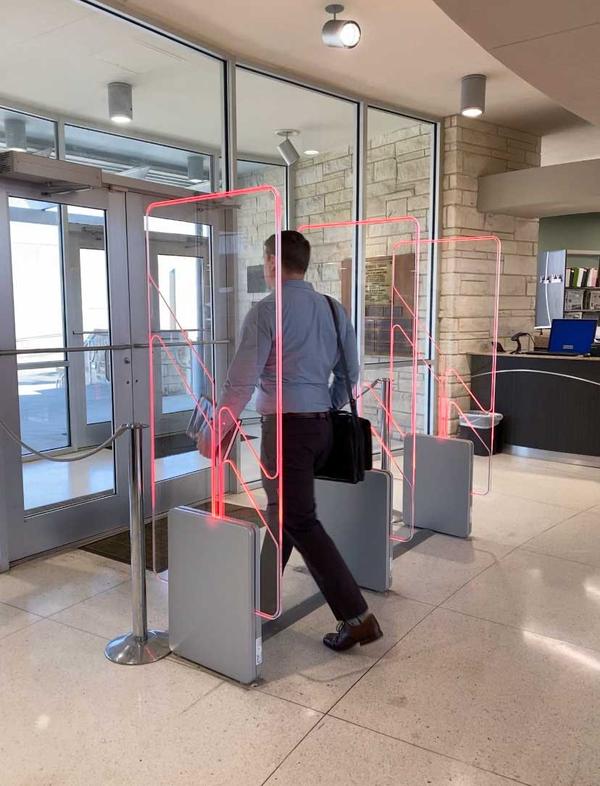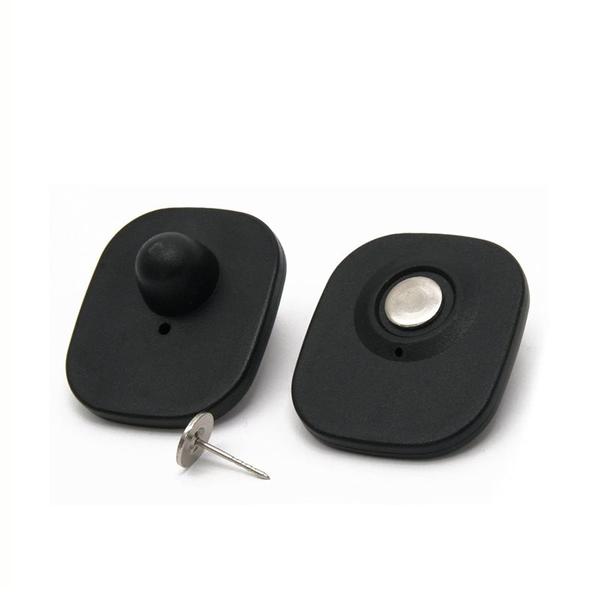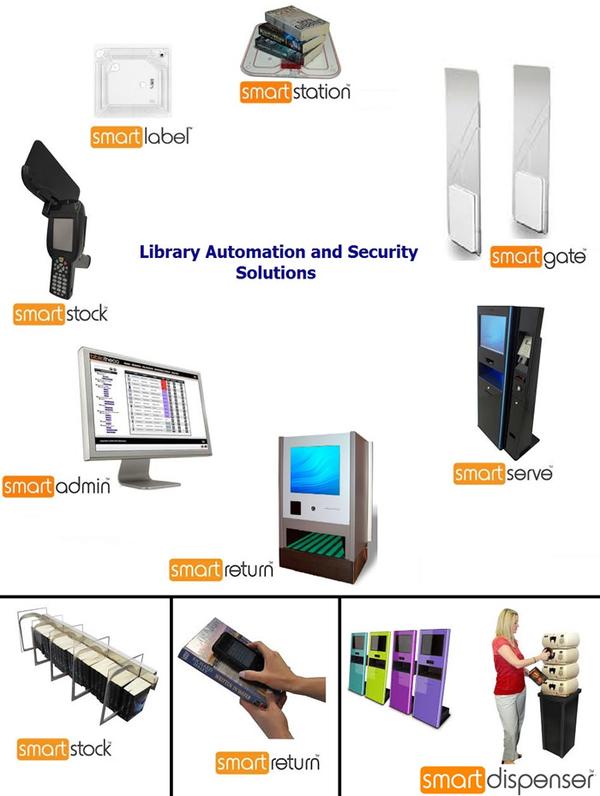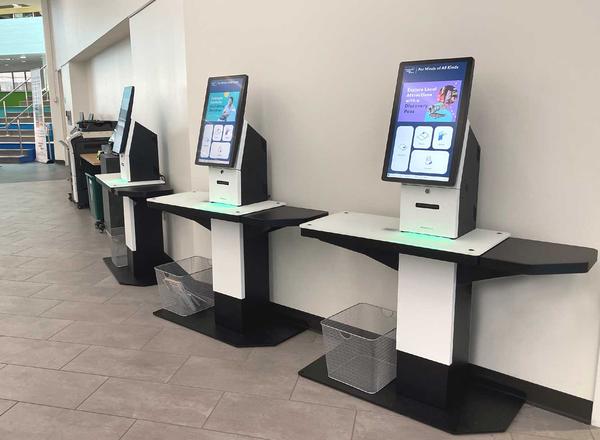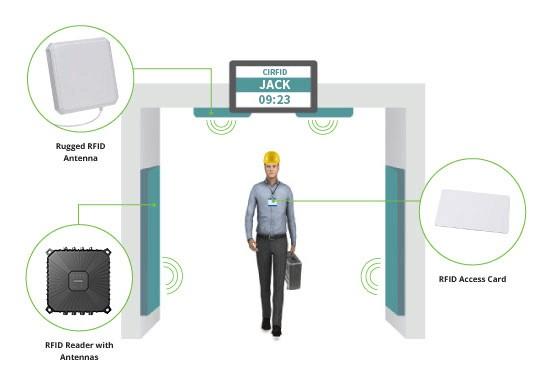Ultra High Frequency (UHF) RFID systems offer long-range, high-speed identification for tracking and managing assets efficiently. A typical UHF RFID setup includes a UHF RFID reader and UHF RFID tags that communicate wirelessly over distances of up to 10 meters or more. UHF technology operates in the 860–960 MHz range and is ideal for applications requiring bulk reading, fast item processing, and long-range detection—such as in libraries, warehousing, logistics, and access control. UHF RFID Reader Features: Operating Frequency: 860–960 MHz (region-dependent) Reading Range: Up to 10 meters (depending on tag and environment) Interface: USB, RS232, Ethernet, or Wi-Fi Supports EPC Gen2 / ISO 18000-6C High-speed multiple tag reading (anti-collision) UHF RFID Tag Features: Long read range (up to 10+ meters) Memory: EPC (96–512 bits), User memory (up to 512 bits or more) Form Factors: Stickers, hard tags, labels, or on-metal tags Durable, weather-resistant versions available
Send Message

